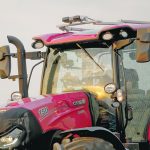System uses five 4K multispectral cameras for applying VR fertilizer, PGR, fungicides and desiccants
Augmenta is the name of his latest crop sensing device. It augments and expands on basic GreenSeeker technology by using cameras in addition to sensors to read the crop. And it manages much more than nitrogen.Stories by Ron Lyseng
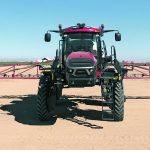
CNH has plans for Augmenta
On March 15, CNH bought 100 percent of Augmenta. According to the press release, it will manage Augmenta through its “Sense and Act” division, which focuses on automated sensor-detected decisions. Augmenta’s previous innovations in this area include development of a multispectral camera and software that monitors a machine’s operating environment and acts directly via the […] Read more
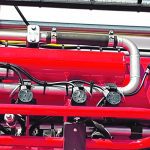
Circular thinking, recirculating booms
Tom Wolf, NozzleGuy, says recirculating booms remove many of the cost, time and contamination problems associated with conventional plumbed sections.
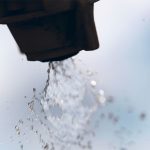
Biobeds help put leftovers to rest
A biobed is intended to serve as a standard target depot for chemical rinsate. It’s a safe and acceptable place to dump diluted pesticide waste.
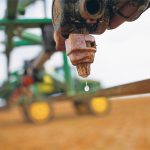
‘Prime the boom while you’re driving to the field’
In recirculating booms, product is returned to the spray tank when not being applied. Priming too pushes the product back into tank rather than onto the ground, with no hidden pockets of water or chemical at boom ends and the like.
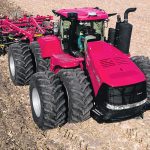
Steiger pulls ahead in race for tractor power
New 645 h.p. engine is rated at 699 h.p. max and comes with a 600 hour oil change interval and no regeneration interruption
There are six upgraded tractors in the 2024 model year Connect series, all powered by 12.9 litre FPT engines ranging from 425 to 645 h.p.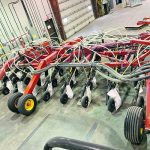
Pea shooters: do big drills damage seed?
Yellow pea prices hover around $14 per bushel at the elevator, so growers want to be confident their drill isn’t damaging valuable seeds. Charley Sprenger, an engineer at the Prairie Agricultural Machinery Institute, did a study to determine the level of seed damage caused by large air seeders. These require higher air velocity and volume […] Read more
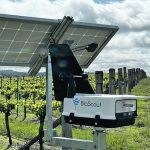
See spores before they see you
Precise timing of fungicide applications can ensure you don’t spray too soon and waste product, or spray too late for the chemical to work. Predicting an outbreak would help. Fungicides work, but timing is crucial. Unfortunately, farmers have not had the tools to make accurate kill decisions. Instead, they rely on intuition and visual symptoms. […] Read more
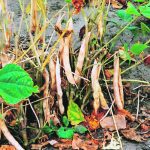
Do pinto and navy beans need nitrogen boost?
On average, navy and pinto beans produce less than 45 percent of their nitrogen needs through biological fixation with symbiotic rhizobia bacteria. There are few commercial inoculants available and they are not often applied, so farmers typically give their dry beans a springtime nitrogen fertilizer even though they are a legume crop. But beans do […] Read more
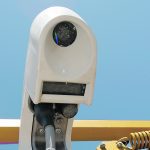
Real-time VR decision made in nanoseconds
Flatland variable rate fertilizer application works but likely depends more on current soil moisture than outdated data. If farmers match available soil moisture to the instant of application, then flatland VR works. That’s the opinion of Riceton, Sask., farmer Lee Moats. He said he knows VR nutrient application works on his table-flat farm on the […] Read more


